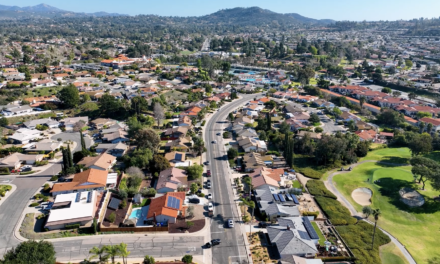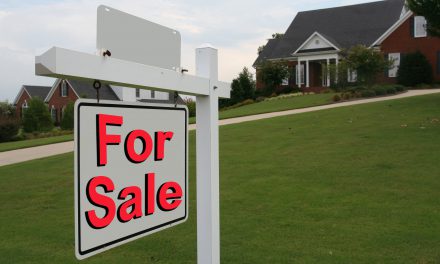No credit? No verifiable income? No problem!
This was the lender’s mantra during the Millennium Boom, when subprime mortgages were originated in huge volumes. At this point in history, it’s common knowledge that deregulation and the issuance of bad mortgages during the Boom was a major cause of the last recession and foreclosure crisis.
Subprime mortgages are not illegal or even inherently bad. Subprime mortgages are simply mortgages granted to less qualified buyers, with low credit scores or uncertain income sources. But when originated in large numbers, they can be a danger to the housing market.
During the Millennium Boom, the share of subprime and near-subprime mortgage originations jumped from 9% of all mortgage originations in 2001 to 40% in 2006, according to the Federal Reserve Bank of Dallas. While there are no official criteria for subprime mortgages, the Federal Reserve Bank of Dallas defines subprime mortgages as mortgages granted to borrowers with:
- credit scores below 620;
- nontraditional down payment sources; and/or
- income sources unable to be traditionally documented.
Further, near-subprime mortgages are granted to borrowers with credit scores between 620 and 680. Deep subprime mortgages are granted to borrowers with credit scores below 550.
Subprime mortgage borrowers are dangerous because they have a higher potential for default than prime mortgage borrowers.
Subprime borrowers pay for this risk with higher mortgage interest rates and associated mortgage fees. But the bigger risk is shouldered by the broader economy and consumers who rely on it.
Beyond recent history, are lenders continuing to grant subprime mortgages in today’s market?
The volume of subprime mortgages has continued to grow most months since 2014. For example, according to the Consumer Financial Protection Bureau (CFPB), the number of mortgages issued in October 2018 (the latest verifiable data point) compared to a year earlier was:
- 7% higher for subprime mortgages;
- 51% higher for deep subprime mortgages; and
- 7% higher for near subprime mortgages.
Further, a new class of “subprime” mortgages are emerging in the mortgage market: mortgages that do not fall under the qualified mortgage (QM) definition. In 2019, securities containing non-QM loans increased 44% over the previous year alone. While rising, the share of non-QMs is still just about 3% of the total dollar amount of mortgages that make up the total bond market.
Related article:
With the GSE Patch expiring in 2021, what will happen to the qualified mortgage rule?
Subprime mortgages and the market’s future
Subprime mortgage trends are one way to measure the housing market’s health and stability. When subprime mortgages make up a significant share of all mortgage originations, the housing market is on shaky ground.
Prior to 2009, Fannie Mae and Freddie Mac invested heavily in securities that included subprime mortgages, according to the Federal Housing Finance Agency (FHFA). When large numbers of homeowners defaulted, Fannie Mae and Freddie Mac lost, on top of being unable to meet their guarantees.
The agencies don’t invest in securities that include subprime mortgages anymore. But, the FHFA acknowledges that since no clear definition for subprime mortgages exists, monitoring this policy is impossible.
Subprime mortgages still have a small place in the mortgage market. For example, consider the many qualified homebuyers lacking traditional credit histories who are only able to borrow subprime mortgages. As long as they are able to make mortgage payments and maintain a healthy balance sheet, taking out a subprime mortgage is the only way for them to break into the housing market and become homeowners.
Expect lenders to continue issuing subprime mortgages in 2020. While talk of the coming recession has made some lenders cautious, encouraging them to pad their interest rates, mortgage credit availability continues to grow.
The good news is that even while more subprime mortgages are being originated, the risk to today’s housing market is still low. Regulations put in place during the Great Recession are ensuring that subprime mortgages will remain a small portion of the total mortgage market in 2020 and going forward.
Related article:
https://journal.firsttuesday.us/mortgage-concepts-what-are-the-elements-of-nontraditional-mortgage-risk/69688/














